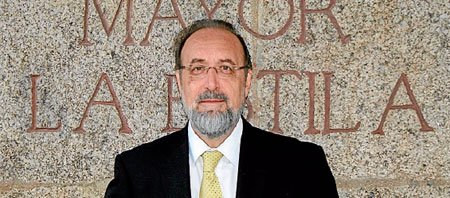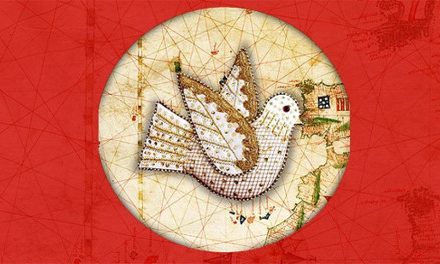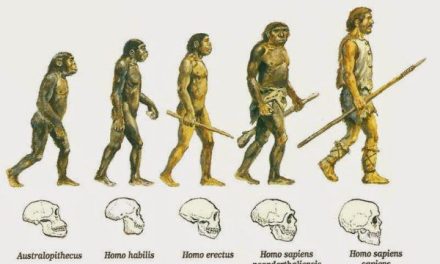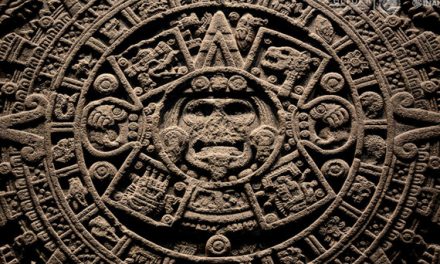
Result of the aging process of the acetabular notch (upper part) and the profile of the acetabular rim (lower part). Bar scale (white line) represents 1 cm. A) 73 year old woman B) Male, 83 years old; C) Male, 67 years old; D) Male, 83 years old; E) 56 year old woman. F) 94 year old woman
Daniel Turbón, professor emeritus of Physical Anthropology at the University of Barcelona and full academician of the Royal European Academy of Doctors-Barcelona 1914 (RAED), has published in the prestigious journal “International Journal of Legal Medicine” (Springer) (133, corresponding to this month of May) the work “Application of the recent San Millán Rissech acetabular adult aging method in a North American sample”, that he signs next to the anthropologists Marta San Millán and Carme Rissech, of the Group of Physical Anthropology of the Faculty of Biology that he promoted.
The study addresses the diagnosis of skeletal age at the time of death, according to the degree of aging of the acetabular fossa in different populations. Its main objective is to evaluate the accuracy of the method on a North American sample composed of 826 white individuals (456 men and 370 women) from the Bass collection, as well as to determine if the revised methodology shows higher precision rates than those found in other collections previously studied.
The collection of skeletons, of known age and sex, donated by William Bass is kept at the Center for Forensic Anthropology at the University of Tennessee. The aforementioned collection has a program of donation of human bodies recognized, and now has more than a thousand skeletons. It’s one of the most numerous collections of modern human skeletons in the United States. It also has the advantage of including individuals with different ancestry. That is, Europeans, Africans and some Asians. All the individuals analyzed in this study died at the end of the 20th century and the first years of the 21st century, specifically between the years 1977 and 2013.

Dr. Daniel Turbón
In the international context there is a growing demand for skeletal age diagnostic techniques, fast and simple, for preliminary reports, claimed by entities such as the United Nations, the Red Cross and the International Commission of Missing Persons, among others. The search for truth, justice, reparation and non-repetition brings great challenges. To cite an example, only in Colombia there are 95,482 missing persons, whose cases are in the process of searching and identifying in the Missing and Corpses Network Information System.
The findings of the Turbón study indicate that the acetabular method of diagnosing age presents acceptable results of precision. The average absolute error obtained was 7.19 years in men and 9.65 years in women. The accuracy in the latter is significantly lower than in men probably due to its greater morphological variability associated with various factors other than age. In any case, this method has provided better age estimates than other pelvic age markers currently used in anthropological laboratories.




